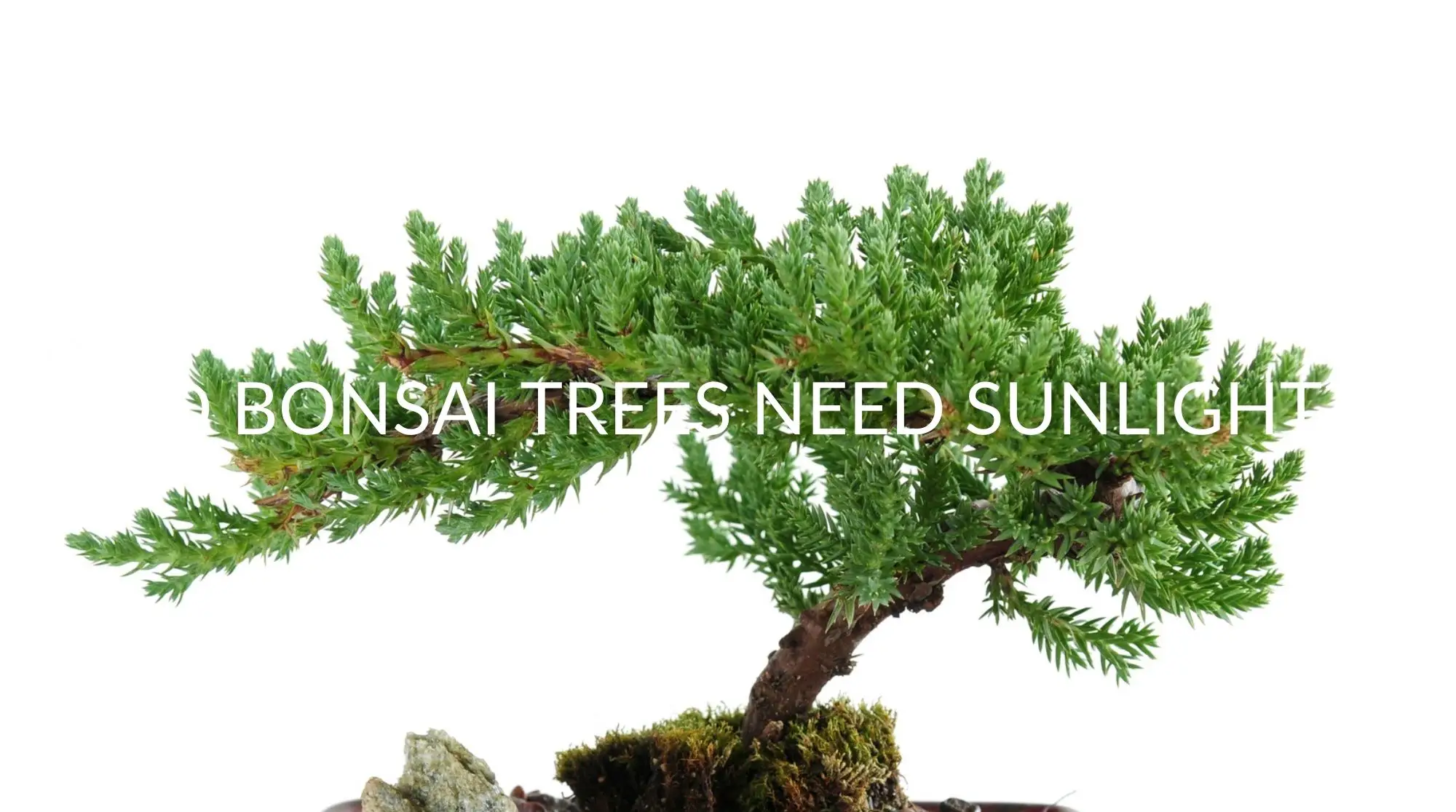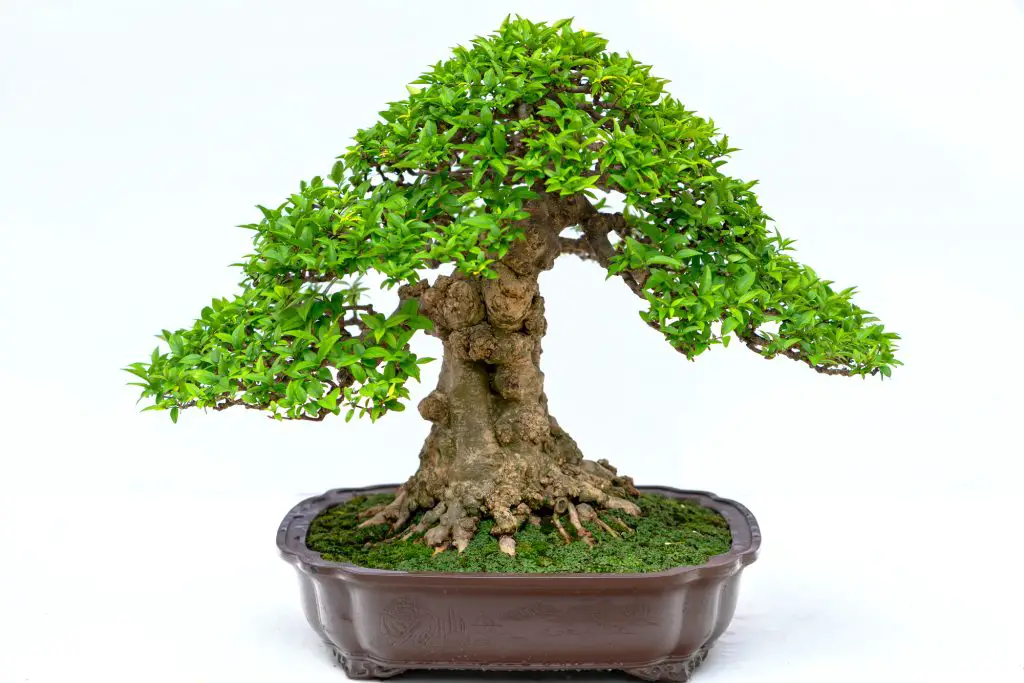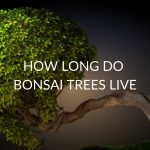The art of growing a perfect bonsai tree is fascinating, and it can be as precise and particular as the plants themselves. When it comes to bonsai care, there are many factors that you need to consider, but do bonsai trees need sunlight?
Each individual species of bonsai tree has different light requirements, but they generally need a good amount of direct sunlight in order to thrive. It is recommended that the average bonsai gets 5-6 hours of light every day, although some trees will have different needs. If sunlight is limited, artificial light can be used as an alternative.
If you’re worried about where to place your bonsai and how to give them the right amount of light, this article is here to help. You will find out everything you need to know about bonsais and the light levels that they need to thrive.
Do Bonsai Trees Need Sunlight?
So, do bonsai trees actually need to get sunlight if they are going to survive? The answer is yes – and usually quite a lot of it. Most bonsai trees are actually species that grow best outside, where they can get the maximum amount of sunlight hours throughout the day.
Even though bonsai trees are so miniature, they are still fundamentally the same plants as fully grown trees of the same species. They obtain nutrients, drink water, and gain energy in the same way that any other tree does. All trees use ultraviolet light in a process called photosynthesis, which creates the sugars that give the tree energy to survive.
If a tree, or any other plant for that matter, cannot photosynthesize, it will not be able to generate enough energy to live and grow. Without adequate sunlight, a bonsai tree will start to wither up, lose its leaves, and ultimately die.
Fundamentally, a bonsai tree cannot live without receiving enough sunlight. Fortunately, artificial light can do the same job that sunlight traditionally does, so if the sun isn’t shining, it is possible to meet your bonsai’s “sunlight” needs in other ways.
Can Bonsai Live in Low Light?
Some people look at the size of a bonsai tree and assume that it would need less sunlight than a fully grown adult tree. This is simply not the case for most bonsai species, as low light levels will slow their growth and can ultimately cause them to die. There are, however, some species of bonsai tree that don’t require as much sunlight as others.
Some of the most common bonsai tree species that can live happily in lower light conditions include the Madagascar Dragon Tree Bonsai, the Lucky Bamboo Bonsai, the Rubber Tree Bonsai, the Norfolk Island Pine Bonsai, and the Hawaiian Umbrella Bonsai. If you want a bonsai that will be happy in low light, your options are more limited, but there are a good number of species out there.
Bonsai trees that are suited to low light levels can have additional needs as well. Tropical bonsai trees, for example, are better suited to indoor growing conditions and are often able to live with lower levels of light, but they generally need warm temperatures and high humidity in order to thrive.
How Much Sunlight Does a Bonsai Tree Need?
While it is easy enough to say that all bonsai trees need light in order to survive, exactly how much sunlight they need is a more complicated question. Every tree species has its own particular light requirements, and you can’t just assume that more sunlight is always better – too much at the wrong time can even be fatal.
A good general rule is that you should try to give your bonsai tree about 5 or 6 hours of sunlight every day. You should, however, investigate the exact species that you are caring for to find out whether their needs are different. Additionally, light requirements for temperate or deciduous bonsais can change throughout the year, so you can’t always leave your tree in one place.
It is important to be aware of the fact that bonsai trees can burn or scorch if they are exposed to too much sunlight too quickly. Increasing the amount of sunlight that a tree is getting can be incredibly beneficial. Still, it should be done gradually and cautiously so as not to stress out the plant or overexpose it before it has had a chance to adjust.
Where Should I Place My Bonsai Tree to Get Sunlight?
Selecting the right spot for your bonsai tree might seem like a decorating job, but your first consideration should actually be the amount of light that your tree will get. The three main concerns that are important when you’re looking at locations for your bonsai are how many hours of light it will get, where that light is falling, and whether it is direct or indirect.
Not all bonsai species like to have the same amount of sunlight, but brighter spots are usually better. In general, a sunny windowsill will provide your tree with the most light and encourage the most healthy growth. In the northern hemisphere, south-facing windows receive the most sunlight throughout the day, and north-facing windows receive the least.
A lot of the most common bonsai tree species are actually outdoor plants, so they aren’t likely to grow as well inside. Junipers, conifers, spruces, yews, azaleas, cypress trees, and many others are happiest when they are in the open air and getting good amounts of bright sunlight. Not every outdoor bonsai is the same, though, and some might prefer a bit of dappled shade in the afternoon.
How Do I Know If My Bonsai Is Getting Enough Light?
Even if you are aware of how much sunlight your bonsai tree wants throughout the day, it can be hard to tell if they are actually getting it or not. Rather than trying to count the daylight hours and keep track of the weather, you can look out for signs from your tree telling you whether they are receiving the right amount of light.
If your bonsai is colorful, luscious, vibrant, and growing well, then it is probably getting the sunlight that it needs. Your bonsai tree might not be getting enough light, however, if:
It is Starting to Wilt
If your bonsai tree is not getting enough sunlight, it will probably start to weaken and wilt. A wilting bonsai is usually either underwatered or lacking the energy that it needs to get from sunlight.
Its Leaves Are Less Vibrant
The green coloring inside of a bonsai’s leaves comes from the chlorophyll that it uses for photosynthesis. The more sunlight a tree gets, the more chlorophyll it will produce, and therefore the greener its leaves will be. Dull leaves that are lacking in color can be a sign that your tree is not getting enough light.
It is Shedding Leaves
You might notice that your bonsai is shedding more leaves than normal, and this may be due to a lack of sunlight, especially if it is an evergreen species or it is the wrong time of year. Bonsai trees drop leaves to conserve moisture and energy if they are not productive, which often happens when they are not exposed to enough light.
Your tree might even show you exactly where they are light-deficient by dropping leaves on one side more than the other.
Brittle Foliage
Some bonsai trees might not shed their leaves immediately; they might become dry and brittle instead. This is another sign that your tree is drawing moisture away from those leaves because they are not able to gain enough energy through them.
It is Not Growing
Even though bonsai trees are supposed to stay small, they should still be growing at a healthy rate. A bonsai’s growth should be controlled through pruning and maintenance, not because they are struggling to survive. A lack of growth often means that your tree needs more light, and it can ultimately be fatal.
No matter how small a tree is, it still needs to grow and change in order to survive.
Can You Grow a Bonsai with Artificial Lights?
Knowing how important sunlight is for a bonsai tree to grow healthily, it might seem like it would be impossible for them to live without it. Fortunately, there are many ways to replicate the life-giving power of the sun through artificial lighting.
If you want to grow a bonsai with only artificial light, or you need to supplement the amount of natural light they are getting, there are a few things that you need to consider.
Photosynthetically Active Radiation is Important
Photosynthetically Active Radiation, or PAR, is a term that you will often hear when you are looking at artificial lighting for plants. It essentially refers to the amount of light that your tree can use for photosynthesis, and some light sources will have a higher PAR than others.
Choose the Right Kind of Artificial Light
There are three main types of artificial light that you can use to grow your bonsais with: fluorescent light, HID light and LED light. Each of these has its own benefits and drawbacks, so you will want to choose the right option for your needs.
Position and Power Your Artificial Lights Carefully
One of the main benefits of artificial lighting is that you can choose exactly where the light hits your trees and for how long. This also means that you need to be very aware of exactly how much light your tree needs and what kind of light you are providing.
Some artificial light needs to be very close to the tree and switched on for many hours to replicate the power of sunlight.
Fluorescent Lights Are Low Output
Fluorescent lights are generally very cheap to buy and are more readily available than other forms of artificial lighting. They also have a pretty low output when it comes to PAR, so they need to be very close to the leaves and left on for 16-18 hours of the day if they are going to be used as a primary light source.
If your Bonsai tree is turning yellow, here are the reasons.
HID Lights Penetrate Deeply
HID Lights, or High-Intensity Discharge lights, produce an intense, bright light that penetrates the leaves very deeply. They are powerful enough for outdoor use and don’t need to be kept on for too long, but they cost a lot to run, are difficult to adjust, and run very hot. These lights generally need replacing often and can burn your bonsai if you are not careful.
LED Lights are Energy-Efficient and Long Lasting
LED lights can be expensive to buy, but they are incredibly energy-efficient and last a lot longer than any other type of artificial light. They produce the full spectrum of light but generate very little heat, so they are unlikely to damage your plant from excessive use. LEDs are generally considered to be the healthiest artificial light for most bonsai trees.
Recap: Do Bonsai Trees Need Sunlight?
So, do bonsai trees need sunlight? Well, the answer is perhaps a little more complicated than it seems. Ultimately, all trees need sunlight in order to grow and survive, but some tree species need less light than others – and artificial light can do the job if sunlight is not available.
Your bonsai will need light in order to photosynthesize and gain energy. Natural sunlight is the best source for this, and most bonsai trees thrive under bright light conditions. Some trees do have different needs, though, and you can use artificial light as an alternative.
At the end of the day, the exact needs of your bonsai will come down to the type of tree that you have, but the light is simply something that no plant can live without.








